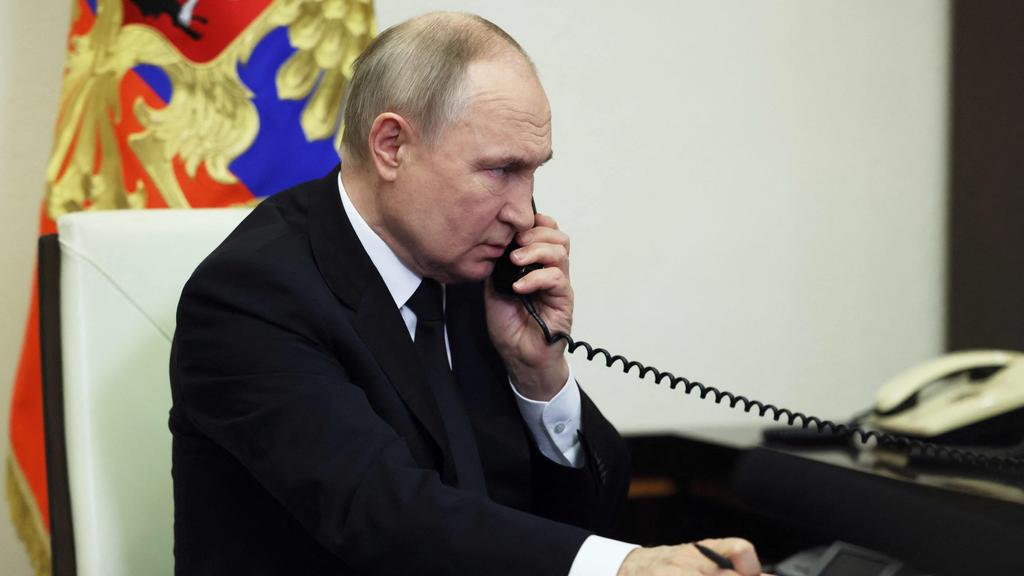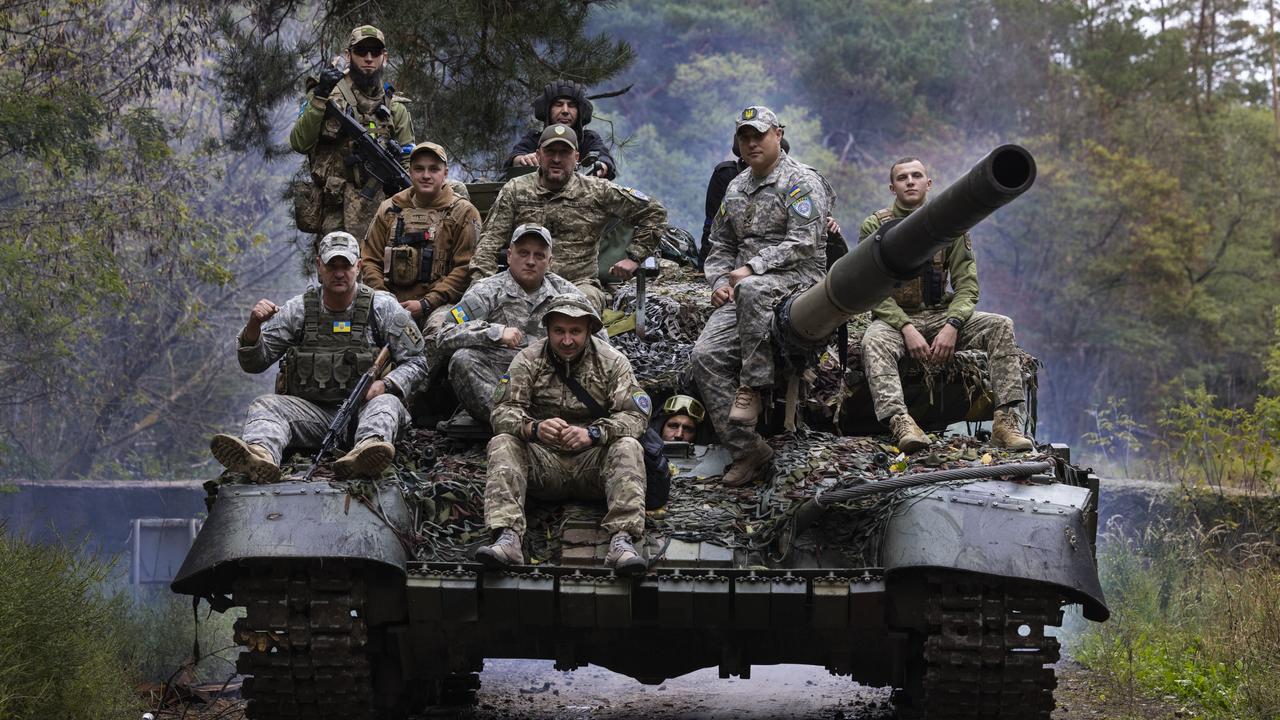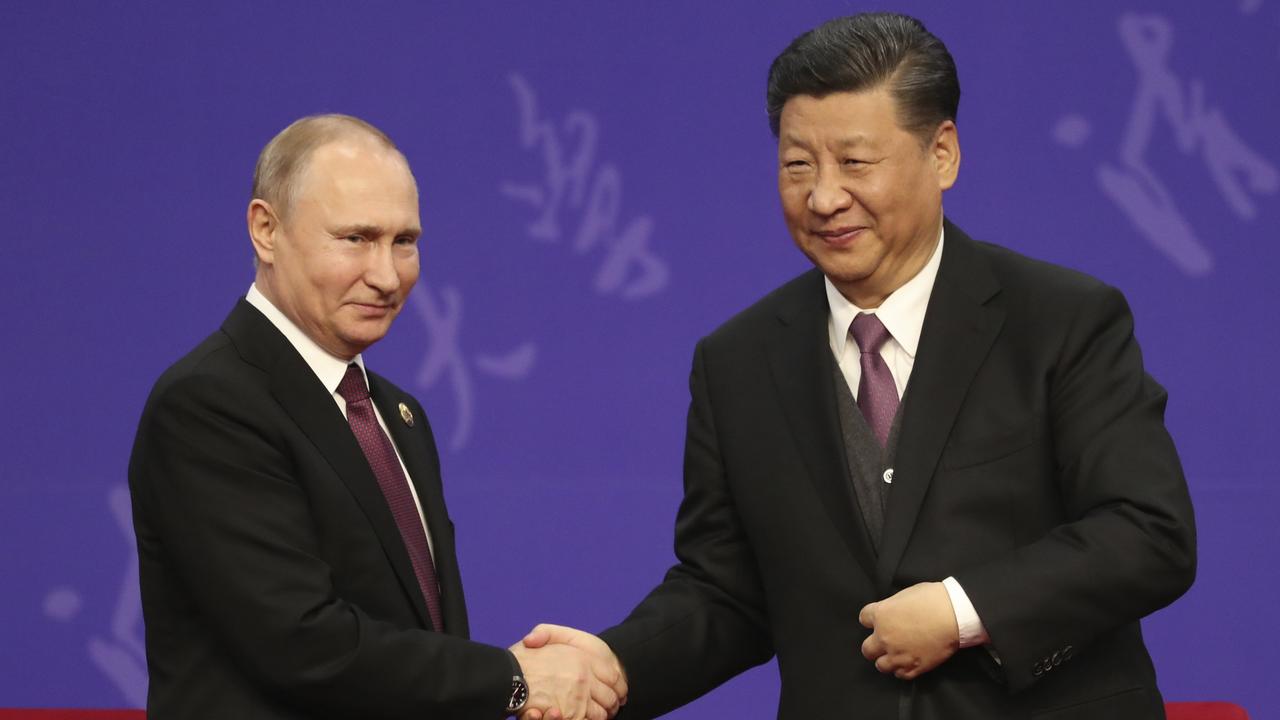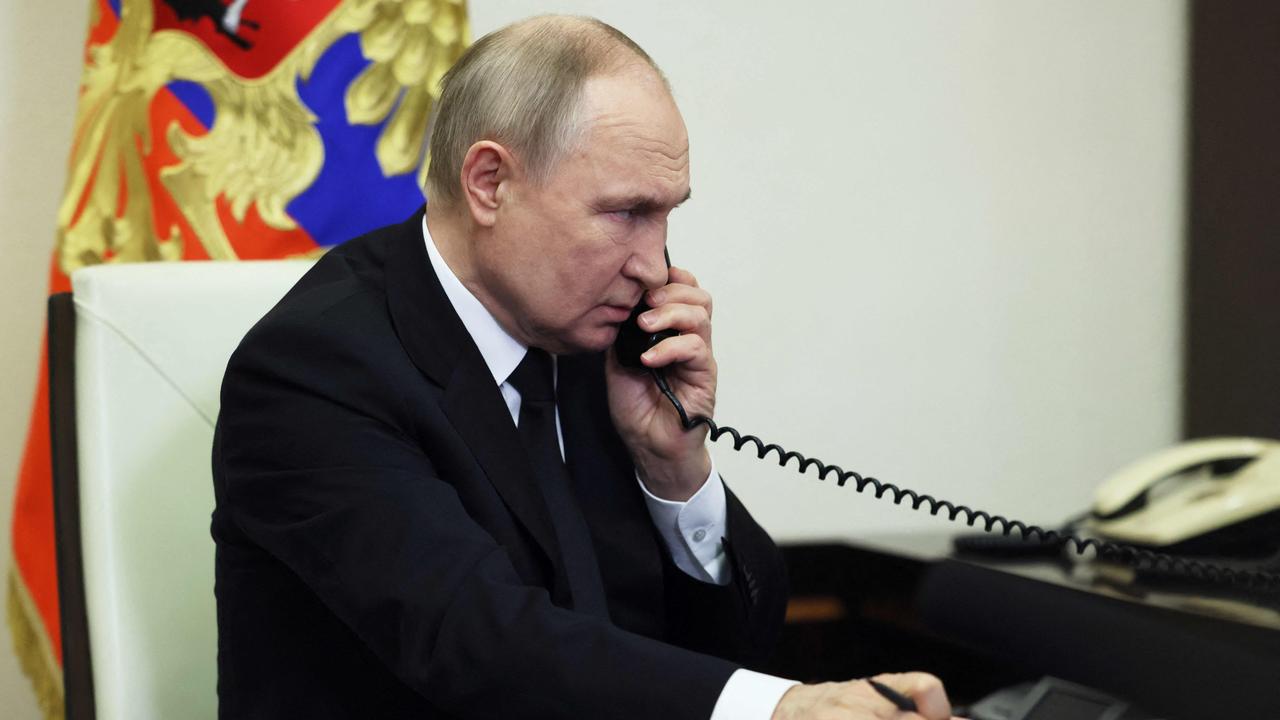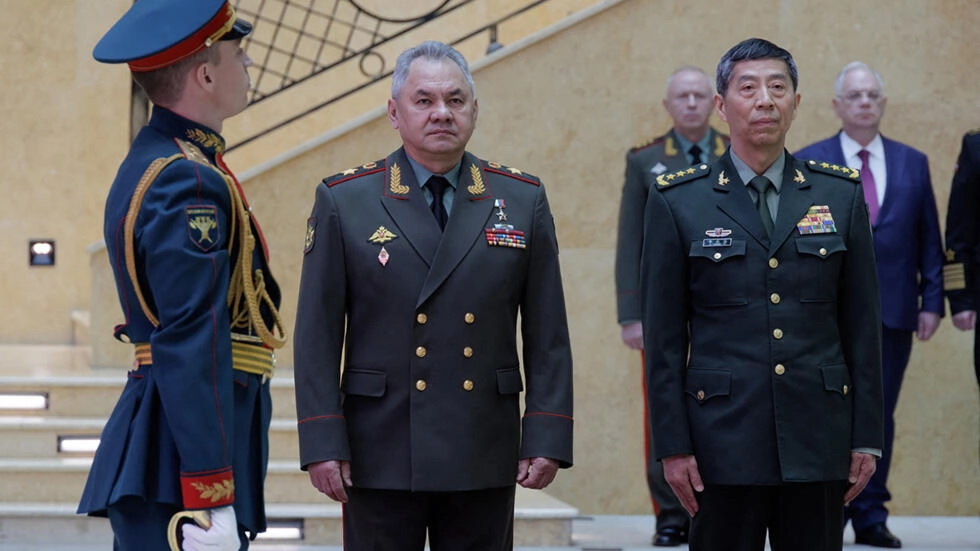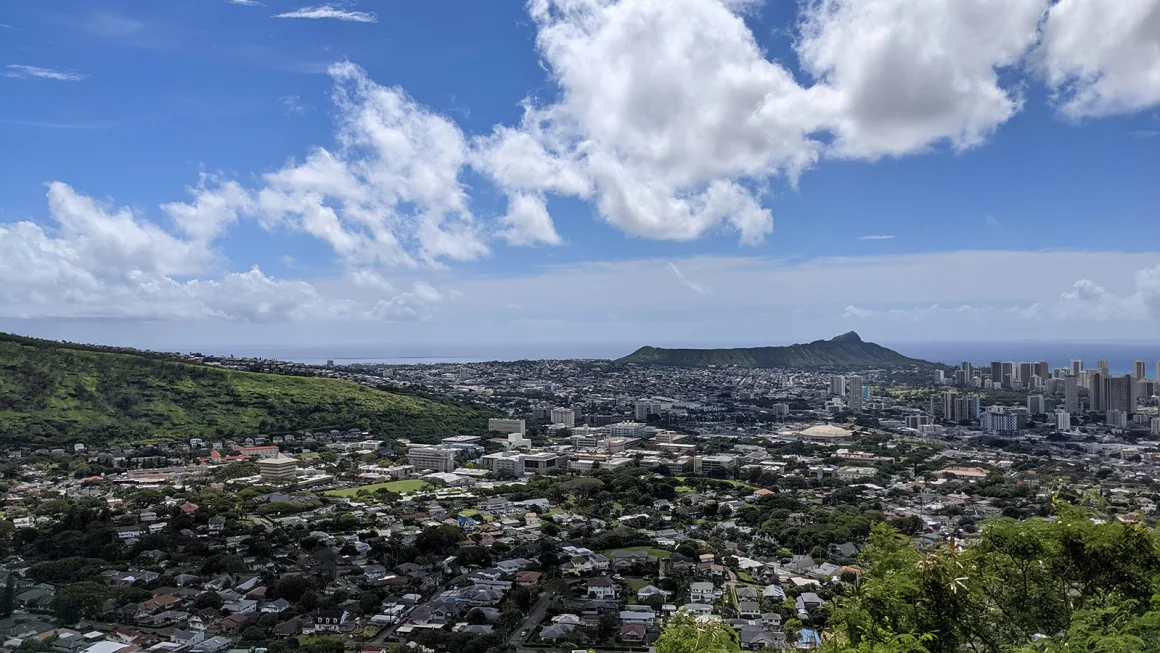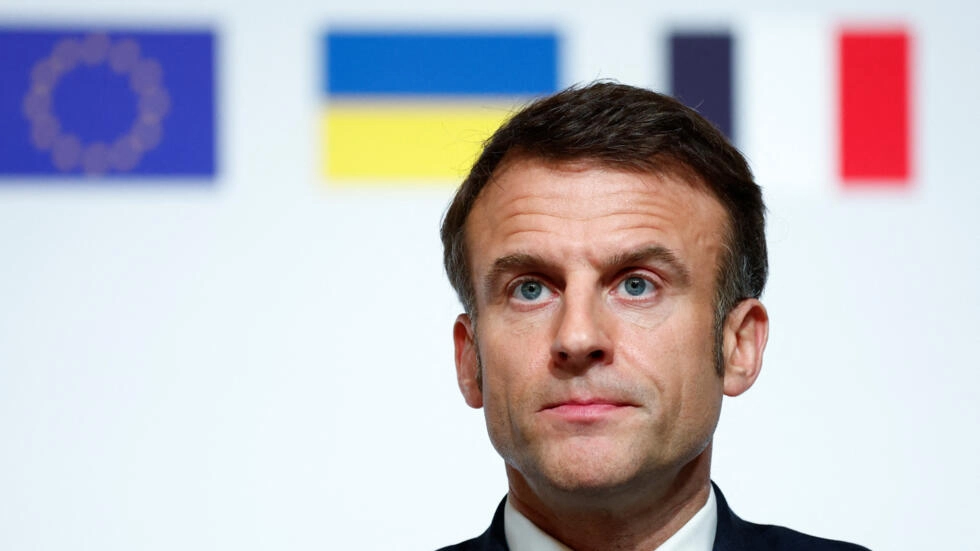Moscow has vowed to build two entire new armies before the end of the year amid fears President Vladimir Putin is planning an eventual strike against Europe.
The Kremlin’s defence minister, Sergei Shoigu, late last week announced plans to accelerate Russia’s mobilisation and transition to a war economy, saying he had already formed a new army motorised rifle division of 10,000 troops as the basis of one new combined arms army corps unit (a balanced formation of troops, tanks, artillery and logistics).
Shoigu went on to say he intended to establish 15 new divisions, divided into two separate “Combined Arms Armies”, by the end of the year.
The announcement came as the President of the European Council, Charles Michel, voiced a warning: “If we do not get the European Union’s response right and do not give Ukraine enough support to stop Russia, we are next.”
President Putin declared his intention to dramatically expand the size of his army back in 2022, shortly after his anticipated “three-day war” against Ukraine devolved into a war of attrition.
Few Western analysts at the time believed him.
But Shoigu announced in January last year his intention to form three new motorised rifle divisions, two new paratroop divisions and reorganise the fragments of units devastated by Ukraine into seven motorised rifle brigades (groups of troop and tank divisions optimised for assault/breakthrough operations).
“ISW continues to assess that Russia currently lacks the manpower, military infrastructure, and training capacity to properly staff several entirely new divisions to army-level formations to full end strength in the immediate to medium term,” reads a Washington DC think-tank, the Institute for the Study of War (ISW), assessment.
“Such reforms, however, are more likely intended to build out Russia’s long-term military capabilities vis-a-vis NATO, as opposed to immediately creating and staffing new formations up to the army level.”
But not everyone is convinced the Russian army expansion and restructure is a preparation for invasion of Europe.
“Shoigu’s statement yesterday was not new and does not presage a Russian attack on NATO,” says former British defence attache to Moscow and Kyiv John Foreman.
“It was a reiteration of plans to enlarge and reshape the Russian Army as a strategically defensive measure in response to Finland and Sweden joining NATO.”
But long-term neutral nations Finland and Sweden submitted urgent applications to join NATO in May 2022, stating the firm belief Putin had every intention to occupy their territories.
Long War
Russia has, in recent days, unleashed an intense missile and drone barrage against Ukrainian electricity infrastructure and logistics hubs.
And Moscow is believed to have amassed 100,000 “fresh” troops in preparation for a new northern hemisphere summer offensive.
“We do not know Russia’s plans to the fullest extent. We only know the data they have and what they are creating. They are creating groups — more than 100,000,” Ukrainian Lieutenant General Oleksandr Pavliuk told media yesterday.
Russia overwhelmed an Ukrainian stronghold, the city of Avdiivka, in February. It has since advanced on two further nearby villages.
It represents one of the bloodiest battles of the war so far.
The UK Ministry of Defence says Russia has been suffering 1000 casualties (dead and wounded) a day in recent weeks. Ukrainian casualties, while secret, are likely also very high.
Kyiv, starved of ammunition supplies due to political infighting in Washington DC and prevarication in the European Union, is being forced to retreat.
“Russia is now estimated to be outproducing Western artillery ammunition production by a ratio of 3:1,” warns former ambassador Paul Jones, a Distinguished Fellow at the Center for European Policy Analysis (CEPA).
“Russian guns fire five shells for every one fired by our Ukrainian allies.”
That’s because the Kremlin has shifted Russia’s economy to a war footing. Its armaments manufacturers now have the highest priority for skills, labour and resources.
But Putin has also been able to secure military support from Iran and North Korea, and economic support from China and India.
And that may be set to improve further.
President Putin has announced plans to visit China and meet with Chairman Xi Jinping in May.
“Several presidential visits and several high-level contacts are being prepared at the moment,” Kremlin spokesman Dmitry Peskov confirmed late last week.
China has not openly backed Russia’s invasion of Ukraine. However, it has expanded financial and trade ties to help counteract Western sanctions. And its hi-tech components have allegedly been found in Russian drones and ammunition used against Ukraine.
North Korea and Iran have been far more open in their support, supplying hundreds of thousands of rounds of artillery shells as well as thousands of drones and missiles to back Putin’s war effort.
Axis of authoritarians
“Russia’s foreign policy has been growing more helpful to China lately, with Moscow granting diplomatic support to Beijing on the Indo-Pacific issues and the scope of the Russian-Chinese joint military maneuvers increasing,” argues Georgian Foundation for Strategic and International Studies (Rondeli Foundation) analyst David Batashvili in The Diplomat.
“This process has profound strategic reasons underneath it, and is therefore set to continue and further develop in the future.”
Putin has promised Xi he continues to oppose Taiwanese independence, and “firmly supports China” in its efforts to seize control over Japan’s Senkaku and the Philippines Spratly Islands.
“Russian-Chinese joint military maneuvers are also developing, including naval exercises and air patrols in East Asian waters, as well as naval exercises in the Arabian Sea and off the coast of South Africa,” Batashvili adds, pointing to an exercise involving 11 Russian and Chinese warships off the coast of Alaska last year.
But Beijing has in recent weeks escalated its efforts to seize control of Second Thomas Shoal from The Philippines, using its coast guard and fishing militia to forcefully block Manila’s efforts to resupply a contingent of marines aboard an old military transport ship there as a demonstration of sovereignty.
An international court of arbitration backed the Philippines’ claim to ownership of the area under the United Nations Convention of the Law of the Sea in 2016. Beijing is a signatory to the treaty and dispute resolution process.
“The (Ukraine) war may have accelerated development of this alignment, but it did not cause it,” Batashvilli adds. “The reasons behind it are not transactional but deeply strategic … Unlike the Soviet Union during the Cold War, modern Russia is unable to attempt bringing down the Western-led world on its own. Its resources are insufficient for the task. Therefore, a key feature of Moscow’s foreign strategy is developing alignment with other adversaries of the United States and its allies, most importantly with the major ones – China and Iran.”
Arsenals of democracy
“Two years of all-out war in Ukraine, along with urgent needs in Taiwan and in other potentially threatened democracies, have laid bare the inadequacies of defence production on both sides of the Atlantic,” says CEPA’s Jones.
“The US may still be the arsenal of democracy, in that it is the biggest defence producer, but it is not capable of outproducing both Russia and China as they rapidly ramp up defence spending,” he says.
Beijing announced a further 7.2 per cent increase in its defence budget on March 5. But the Communist Party’s budget reporting is notoriously opaque, with many analysts believing significant military expenditure is hidden among so-called “military-civilian fusion” projects – such as constructing military-grade ferries for nominally civilian use.
“All of this is a sharp reminder that war among great powers is ultimately a test of the speed and scale of defence industrial capacity,” warns Jones.
“If new strategies contribute to a reduction in the US role in European defence, expect more fragmentation among European countries when Putin ratchets up the threats (as he will.)”
He notes that the economies of the United States, Europe, and other Western nations (including Australia) remain operating on a business-as-usual footing.
“Defence production capability is key to overall deterrence and to defeating Russia in Ukraine,” Jones argues. “Meanwhile, in Asia, the Taiwanese have been vocal about delivery delays of about US$22 billion of defence equipment.”
Supplying a nation – especially Taiwan – in wartime is much harder than preparing it during peace, he adds.
“With a military standoff in Ukraine likely in the coming months, whichever country can field more capability for spring offensives in 2025 will likely prevail. Will the West really allow Russia, with an economy the size of Italy’s, to outproduce NATO and the EU?”
